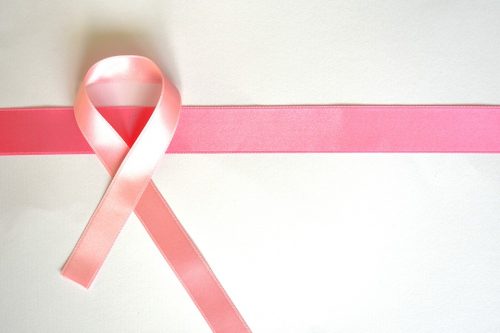How to become a Dermatologist in New York
January 15, 2020The Different Types of Therapy
January 29, 2020As stated by the American Cancer Society, breast cancer is the most common cancer in American women. In order to take precautions and detect breast cancer early, mammograms are the most effective. By doing so, it greatly improves a woman’s chances for successful treatment. Even though it doesn’t prevent breast cancer, mammograms are saving women’s lives.

What Is a Mammogram?
A mammogram is a low-dose x-ray exam of the breasts and can be used to check for breast cancer. The x-ray images often make it possible to detect tumors that cannot be felt during a breast exam. Mammograms are done on an outpatient basis by a x-ray technician. Then a doctor with special training known as a radiologist, will interpret and analyze the results. From here they will send the report to your primary care or refer you to a physician who will then discuss the results with you.
With mammograms there are two types. The two different types of mammograms are:
- Screening mammograms: done for women who have no symptoms of breast cancer. Usually involves two x-rays of each breast and can detect lumps or tumors that cannot be felt. Can also find microcalcifications or tiny deposits of calcium in the breast, which can sometimes mean that breast cancer is present
- Diagnostic mammograms: used to check for breast cancer after a lump or other symptom or sign of breast cancer has been found. Used to find out more about breast changes found on a screening mammogram or to view breast tissue that is hard to see on a screening mammogram
Benefits of Mammograms
A great benefit of getting annual mammograms is the early detection of breast cancer with screening mammography. This means that treatment can be started early in the course of the disease before it spreads. Through a simple examination, mammogram’s are saving women’s lives. Stated by the National Cancer Institute, mammography can help reduce the number of deaths from breast cancer among women ages 40 to 74, especially for those over the age of 50.
Although the benefits of mammography are real, a women who gets annual mammograms can still be diagnosed with breast cancer. But by taking the precautions, you can prevent it from spreading and get the proper treatment needed.
Risks of Mammograms
Some risks you may encounter with mammograms are:
- False positive test results: when a doctor sees something that looks like cancer but it is not. This can lead to more tests which can be expensive, time-consuming, and also cause anxiety
- Over diagnosis: doctors find a cancer that would not have gone on to cause symptoms or problems, or may even go away on its own
- Over treatment: treatment of over diagnosis. These treatments can cause unnecessary and unwanted side effects
- False negative test results: mammograms may miss some cancers and cause a delay in finding the cancer and getting treatment
Tips for Getting a Mammogram
There are 3 things to keep in mind when having a mammogram.
- Avoid scheduling your mammogram appointment during the week before your period. Your breasts may be tender or swollen. The mammogram will hurt less and the picture will come out better
- If you do have breast implants, it is important to inform the mammography facility
- Do not wear any deodorant, perfume, lotion, or power under your arms or on your breast on the day of the mammogram. These products can show up as white spots on the x-ray and you can be misdiagnosed
It is important to be aware that you can examine your own breasts at home by doing the breast self-exam (BSE). Upon doing the BSE and you feel something, you do not want to get ahead of yourself and start Googling everything. If you feel something, alert your physician immediately and set up an appointment. It has been known that BSE alone helps reduce the number of deaths from breast cancer. Regardless, it should not take the place of an annual clinical breast exam and mammogram. Mammograms are saving women’s lives and can save yours as well.
